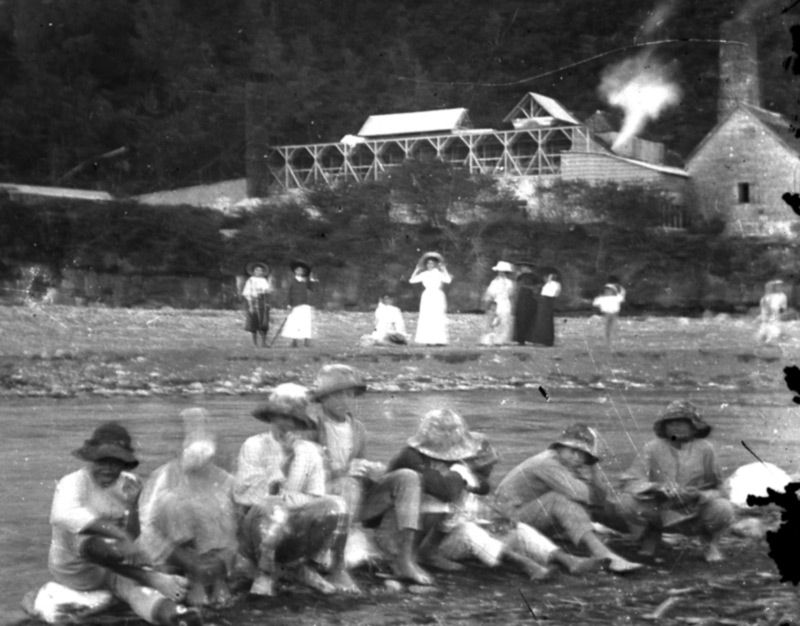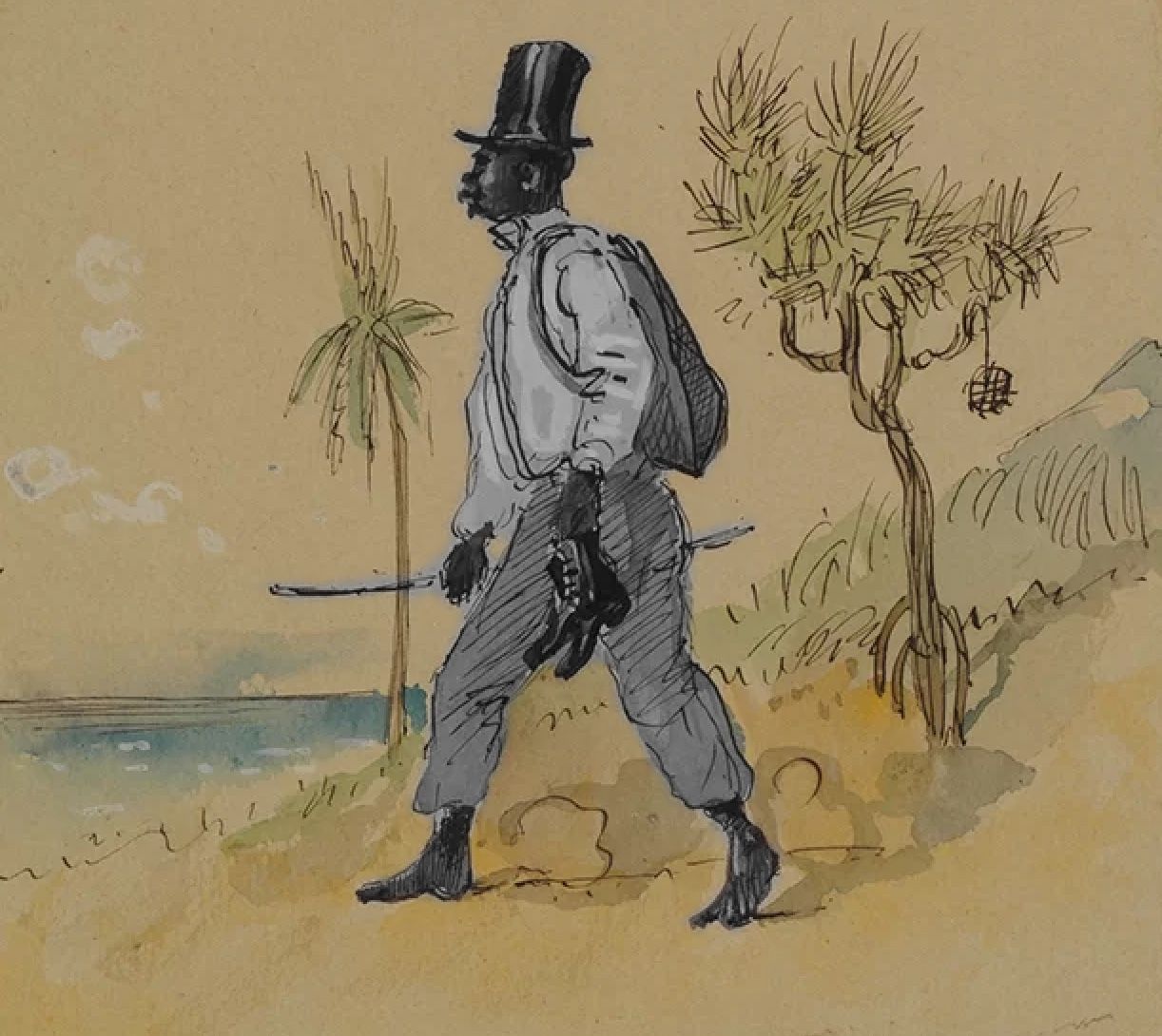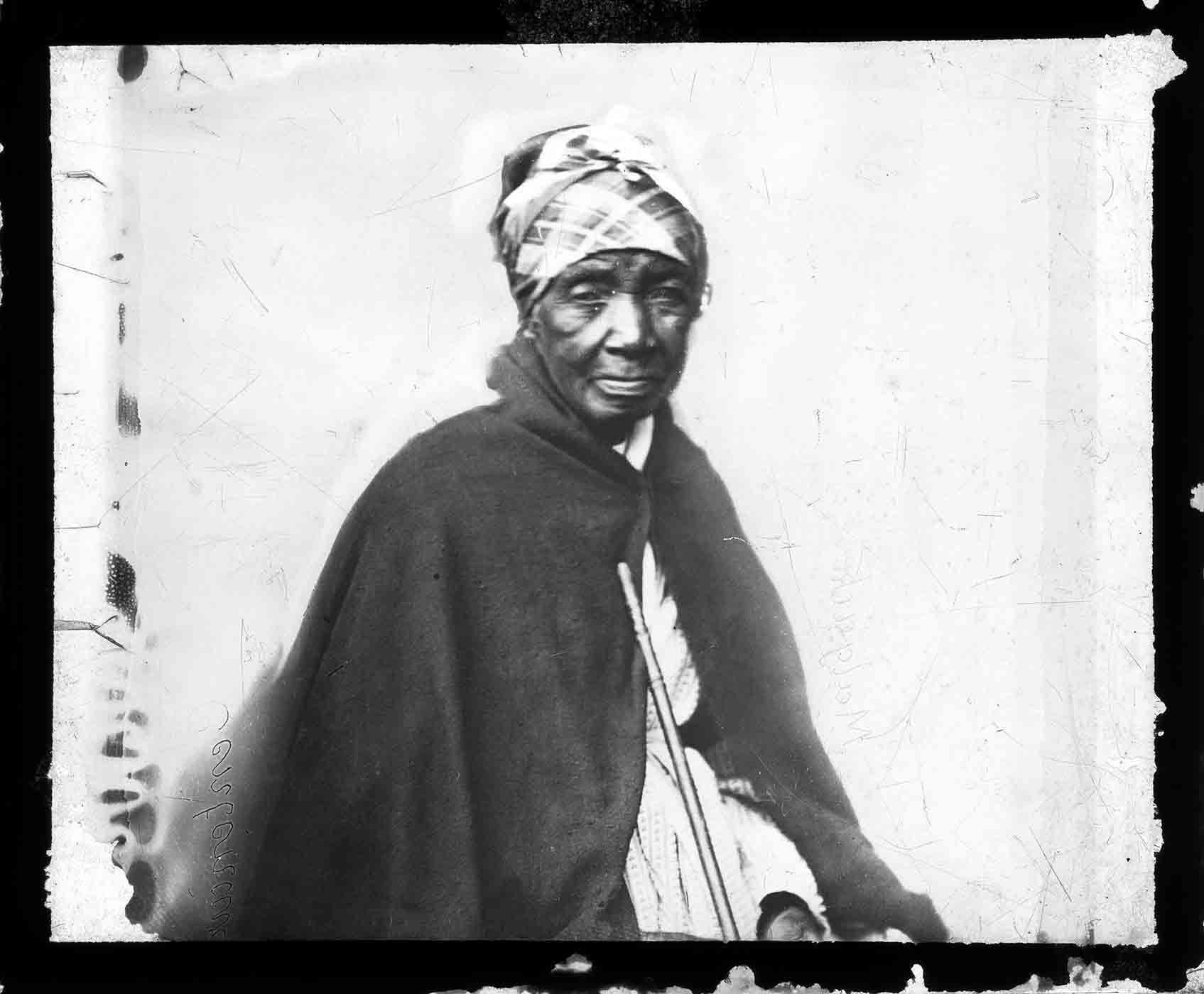Forget-Me-Not a Creole Heritage in Indian Ocean through Artworks & Fashion
Ongoing project
Started in 2020 - long lasting project
Summary
Forget Me Not is a project conceived and developed by the association Objet Témoin ASBL based in Brussels, Belgium. We are very happy to announce that we have been able to federate a network of credible and deserving international associative, private and public actors.
Born in 2021 from the research work initiated by the teachers of Capeline-Afac974 on the heritage of the cane workers in Reunion Island in the 19th century, the project now extends over 3 continents, in the Indian Ocean, Europe and the Caribbean. In 2022, we created a non-profit association to carry out the investments linked to the work carried out, and are launching this website as well as social networks to communicate with our partners and our public.
We hope to count you among our supporters, beneficiaries and friends.
See you soon.
Last modified
28 February 2023
Crew
4
Project Lead
Alicia PIOT-BOUYSSE
Location
INTERNATIONAL
Tags
creole, reunion, indian ocean, forgetmenot, fashion, fabric, heritage, investigation, research
Birdview
Forget Me Not starts on a statement :
- Some of the actual tracks of daily life in 19th century of plantation workers (slaves and freemen), "marrons" and indentured laborers, important if not core source of actual Reunion island heritage, are disappearing without having been properly documented, nor transmitted to future generations.
- This important piece of History is not limited to french foreign territories of Indian Ocean. It is an important part of the heritage of globalisation linked to European colonial expansion and the industrial revolution, generally biased by the transmission of the last coloniser present (France, Netherlands, England...) and the fact that the descriptors and documentalists of this history are mostly from the bourgeois classes, generally colonialists or fruits of the mentality of their time.
Project Scope
We decided to team with teachers and researchers to work on documenting these tracks and produce exhibition physical and digital content for transmission projects based on it.
Whereas we are extremely vigilant about productions that might offend communities and suggest a distorted vision, positive or negative, of historical events and real people mentioned in our studies, we avoid any form of post-colonialism by focusing on the factual study of objects, clothes and constructions from the period 1840-1880, and their influence on certain aspects of our contemporary life, whether one is a French citizen, a Reunionese, a Mauritian, a Belgian, a Madagascan, an Indian, a Chinese, etc.
The Objects

Photographic Material
From the archives of a Belgian photographer hired to make portraits of indentured laborers to the digital restoration of pictures from an architect who has seen the very last houses of slaves and labor camps, we help digitize and analyze, we move modern equipment to the very same places and document in high resolution the remains of this era.

Artists legacy
Since photography were at very early stages of development by then, most of the relevant documents are handwritten, hand drawn and painted assets. This allows a large space for interpretation, artists choices and bias, but also a very romantic exploration of this heritage. The main thing is which part is truly accurate and which emanes from artist mood, inspiration or scholarship influence.

Tailored for the labor
Since it was mandatory for employers to provide some clothes or at least some raw fabric to laborers to wear, a long chain of cultural transmission, syncretism, imitation and appropriation can be enlightened by the simple study of people' clothes.
At an age where industry rises but handcrafting remains the norm, both are intricately mixed to reveal the individual stories behind the great "History".
The Actors
In Reunion Island
Under supervision of Dominique Vandanjon and the Afac974-Capeline Teams the research program focuses on tracks of the foundation of "Le Tampon" the biggest municipality of south Réunion Island which was mainly the heritage of a french industrial called Garbiel Le Coat de Kerveguen. The team works on the last remains of a major sugarcane plantation and industrial equipments of "La Pointe Kerveguen".
-
Reconstitution of Boutchiana - Part 1: the context
08 December 2023





